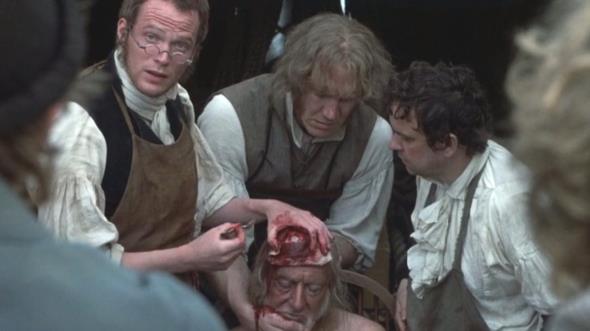
NavList:
A Community Devoted to the Preservation and Practice of Celestial Navigation and Other Methods of Traditional Wayfinding
From: Frank Reed
Date: 2015 Jun 1, 11:10 -0700
Let's look at the celestial navigation aspect of this accident perhaps trying to see how a navigator of average competency could easily make such a mistake. I suspect that the majority of NavList members would be completely surprised to learn that the process he applied could yield fixes only some dozens of miles off their normal track from Tripoli to Kano. This happened because he mis-identified the stars that he was using and apparently lacked the experience to consider the consequences of mis-identification. The tables of 249 volume 1 provide the estimated altitudes and azimuths for six stars at a time from an observer's approximate position (given GMT, of course). The navigator used the tables to preset the sextant to the estimated altitude. But since azimuth was in question (to him, erroneously), he apparently swept about in azimuth a bit until some bright star --any bright star-- appeared in the field of view of the sextant. He took that altitude, cleared it to get Ho, and then compared against Hc. But since the sextant was preset and the star was mis-identified, the difference between Ho and Hc was guaranteed to be some relatively small number. Then plotting the intercept from his AP, the navigator naturally found pairs of LOPs crossing close to their planned course across North Africa. The fixes were consistent with the expected position! This was a huge error, of course, but once they had made that original fatal error of condemning the readings from the (properly working and fully functional) magnetic compass and mis-adjusting the gyro-compass (also properly working and fully functional), this sort of error involving mis-identified stars became very difficult to catch.
To me, this problem is also a bit of an indictment of the narrow-field periscopic sextant. Aboard the Apollo spacecraft, there was a sextant with a very narrow field of view. But the designers recognized that it would be useless without some gross alignment capability. The spacecraft was provided with a "unit power telescope" (effectively a trainable periscope with no magnification) that allowed for the "wide field" view necessary for gross alignment and identification of stars. Did any periscopic sextants provide a wide field "finder" capability?
Regarding the navigator's relatively mediocre skill set, the report on the accident, from my reading, correctly blames this on B.O.A.C. After all, the navigator did not volunteer for the flight. He was assigned to it by his superiors. Their rules did not require a fully qualified navigator on these trans-Sahara flights even though the Sahara, especially at night, was as vast and "trackless" as any ocean. The report recommended altering that policy. I would expect that the recommendation was followed.
Imagining the confusion aboard the aircraft that night, with a crew of five in the cockpit, all of whom should have had at least some familiarity with navigation issues, I can't help but think of stories of other lost aircraft and their bizarre reports before they vanished into oblivion. Consider: if this aircraft had in fact been crossing the North Atlantic and they had made the same navigation error, they would have ditched in the open sea hundreds or even thousands of miles from their estimated position. And yet every celestial fix would have told them that they were only dozens of miles off course! They might have sent out radio reports saying that their compasses were reading wrong and couldn't be trusted. Perhaps they would have reported that the sky looked "strange" (morning twilight in the northwest?? What's going on?!). They might have announced they were ditching "just off Nassau" when in reality they were in the middle of the Atlantic. In that case, they would surely never have been heard from again, and the flight's loss would have been counted as a great mystery.
There are common features in this Hermes accident and a number of old "Bermuda Triangle" stories (the vast majority of which are exaggerated tall tales) including some of the radio reports from the famous "Flight 19" which was lost without a trace in late 1945. It is believed that the instructor on that navigation training flight, who had recently transferred from Miami, made the mistake of visually identifying some small islands in the Bahamas as the Florida Keys, somehow imagining that their navigation had taken them far off course. This was, of course, visual navigation, not celestial. The instructor then concluded that there was something wrong with the compasses, echoing the Sahara crash error. Once you are "certain" that you know where you are, it's easy to ignore contrary evidence. This is not because people are stupid... It's because people are human.
Frank Reed
PS: Back to the brain injury discussion for a moment, attached is a screen capture from the 2003 film "Master and Commander". Maturin is trepanning away here. And he has just explained to the curious crew, "Those are his brains". Once again that trick of searching the subtitle file allowed me to find this scene quickly (searched on "skull", then "brain"). The Wikipedia article has interesting details on trepanning and its ancient history.







